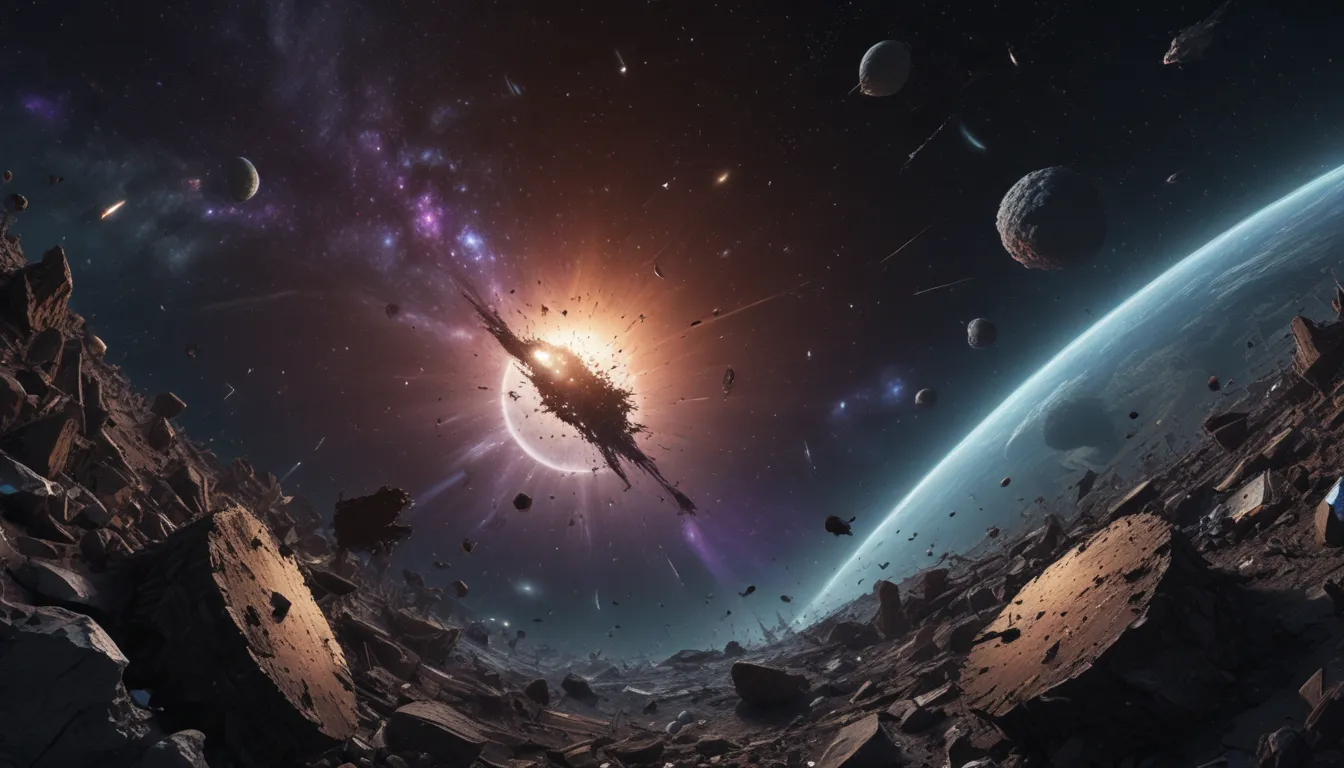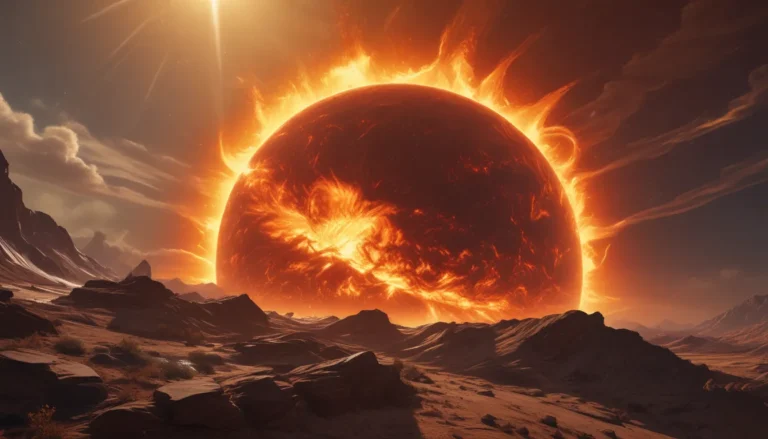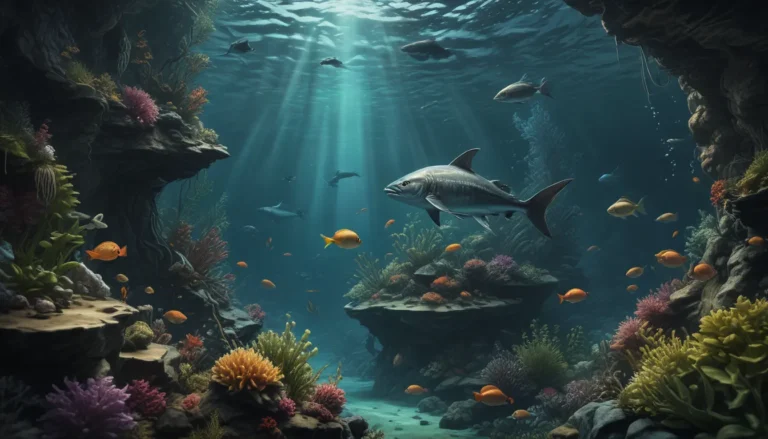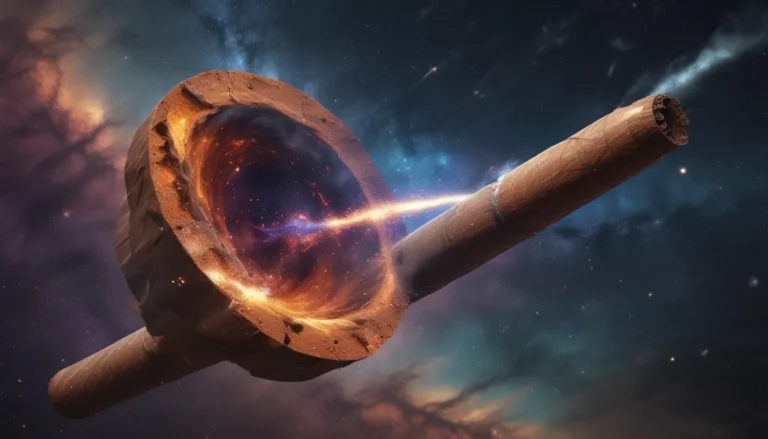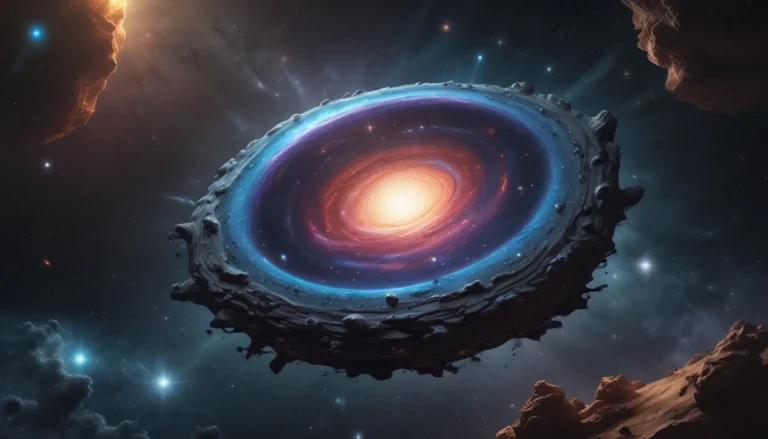The pictures we use in our articles might not show exactly what the words say. We choose these pictures to make you interested in reading more. The pictures work together with the words but don’t take their place. The words still tell you the important facts.
Space debris, also known as space junk, continues to pose a growing concern for the aerospace industry as our exploration of the universe expands. From defunct satellites to tiny fragments of metal and plastic, the accumulation of man-made objects in Earth's orbit presents a significant threat. Organizations worldwide are actively working to understand and mitigate this danger, with impact analysis playing a crucial role in safeguarding spacecraft, satellites, and crewed missions.
Understanding the Challenges of Tracking Space Debris
Tracking space debris is a daunting task due to the vastness of space and the sheer number of objects in orbit. Satellites and ground-based systems utilize radar and optical sensors to monitor and predict potential collisions. This complex process helps in identifying potential risks and ensuring the safety of operational satellites and spacecraft.
The Breakneck Speeds of Space Debris
Space debris travels at staggering speeds, reaching velocities of up to 17,500 miles per hour. At these incredible speeds, even the smallest piece of debris can cause significant damage upon impact. Scientists use advanced modeling and collision simulations to assess these risks and develop strategies to mitigate potential collisions.
Utilizing Advanced Modeling for Space Debris Analysis
Researchers employ sophisticated modeling techniques to simulate the behavior of space debris during impact. By understanding the dynamics of collisions, they can devise effective mitigation strategies to protect spacecraft and satellites from potential damage. This advanced analysis plays a vital role in designing future spacecraft equipped with protective measures to enhance resilience in the face of debris.
Addressing the Threat of the Kessler Syndrome
The Kessler Syndrome, proposed by NASA scientist Donald J. Kessler, describes a scenario where the density of space debris triggers a chain reaction of collisions, leading to a cascading effect. This concerning phenomenon highlights the importance of developing technologies like lasers and robotic systems to remove space debris and reduce the risk of collisions.
Collaborative Efforts in Space Debris Mitigation
Space agencies worldwide collaborate through initiatives like the Inter-Agency Space Debris Coordination Committee (IADC) to share data, research, and best practices for space debris analysis and mitigation. This collaborative approach helps in addressing the challenges posed by space debris and fostering a culture of responsible space practices.
Educating the Public on Space Debris Awareness
Creating awareness among the general public about the dangers of space debris is essential for promoting responsible space practices. Educational programs, outreach activities, and media campaigns play a crucial role in fostering a culture of debris mitigation and ensuring a sustainable and debris-free space environment.
Exploring the Future of Space Debris Impact Analysis
As we continue to expand our presence in outer space, understanding the impact of space debris is of paramount importance. By leveraging advanced analysis techniques and fostering international collaboration, we can mitigate the risks and ensure a sustainable and debris-free space environment. Space debris impact analysis serves as a crucial tool in safeguarding existing infrastructure and shaping future protocols to prevent further contamination of the space environment.
Unraveling the Mysteries of Space Debris Impact Analysis
Embark on a cosmic journey to delve deeper into the mysteries of space debris impact analysis. Explore the secrets of orbital mechanics, expand your knowledge of space situational awareness, and uncover the complexities and wonders of our universe. Each topic offers a unique perspective on space exploration, inviting you to satisfy your curiosity and broaden your understanding of the cosmos. The vastness of space awaits your discovery, ready to reveal the wonders that lie beyond Earth's atmosphere.
FAQs
-
What is space debris impact analysis?
Space debris impact analysis is the study and assessment of potential collisions between objects in space, such as satellites, and space debris. It involves analyzing the size, trajectory, and composition of space debris to determine the risk of impact and develop strategies for prevention and mitigation. -
How is space debris impact analysis conducted?
Space debris impact analysis is conducted using advanced tracking systems, telescopes, and computer simulations to monitor and identify potential collisions. These technologies enable scientists to take timely actions to avoid impacts between satellites and space debris. -
Why is space debris impact analysis important?
Space debris impact analysis is crucial due to the increasing accumulation of space debris posing a threat to operational satellites, spacecraft, and astronauts. Understanding the behavior and characteristics of space debris allows for preventive measures to safeguard space infrastructure and ensure the sustainability of future space missions. -
What are some mind-blowing facts about space debris?
- There are currently over 20,000 objects larger than a softball orbiting Earth.
- Space debris can travel at speeds up to 17,500 miles per hour.
- Even a small piece of space debris can cause significant damage due to its high kinetic energy.
- Collisions between space debris can create more debris, exacerbating the problem.
- Space debris can stay in orbit for hundreds or even thousands of years.
- Various technologies like lasers and robotic systems are being explored to remove space debris.
-
Space debris poses risks to astronauts during spacewalks or outside spacecraft shields.
-
How can space debris impact be reduced?
Efforts to reduce space debris impact include designing satellites to be more collision-resistant, removing defunct satellites from orbit, and implementing regulations for satellite operators. Research into advanced technologies like space-based lasers and giant nets for debris removal is also underway. -
Is space debris impact analysis only relevant for satellites?
No, it is relevant for any spacecraft or structure in Earth's orbit, including satellites, space stations, and manned missions. Understanding the risks posed by space debris is crucial for ensuring the safety and success of space exploration missions.
Conclusion
In conclusion, space debris impact analysis offers valuable insights into the threats posed by objects orbiting Earth. By employing advanced technologies and innovative research, experts can study the behavior of space debris, assess potential impacts, and develop strategies to mitigate risks. The collaboration between space agencies, public awareness initiatives, and the advancement of debris removal technologies are essential in ensuring a sustainable and debris-free space environment.
Exploring the realm of space debris impact analysis opens doors to a deeper understanding of the cosmos and the challenges we face in space exploration. By unraveling the mysteries of space debris, we pave the way for a safer and more sustainable future in outer space. Join us on this cosmic journey as we navigate the complexities of space debris and strive towards a cleaner and debris-free environment for future space endeavors.
